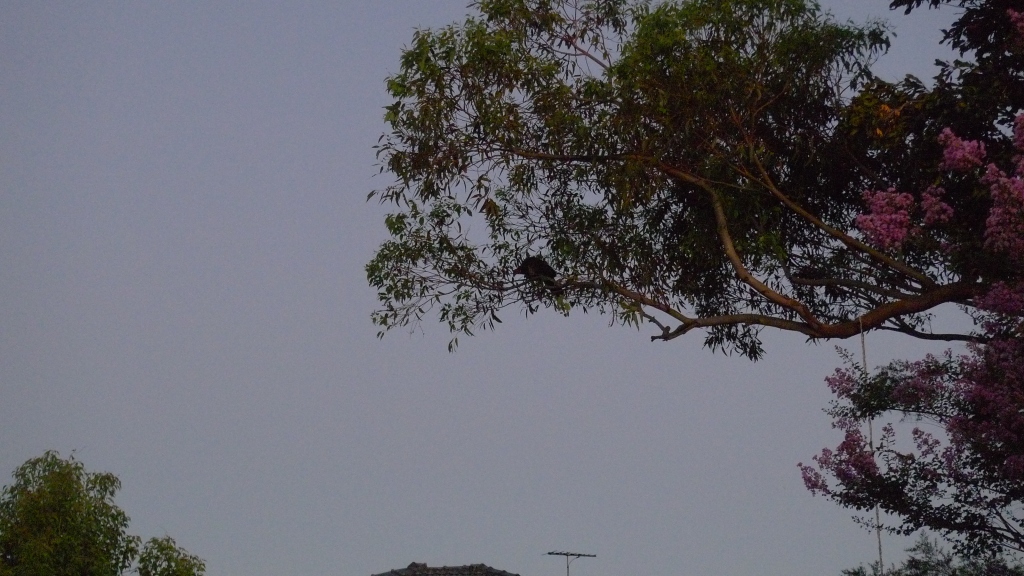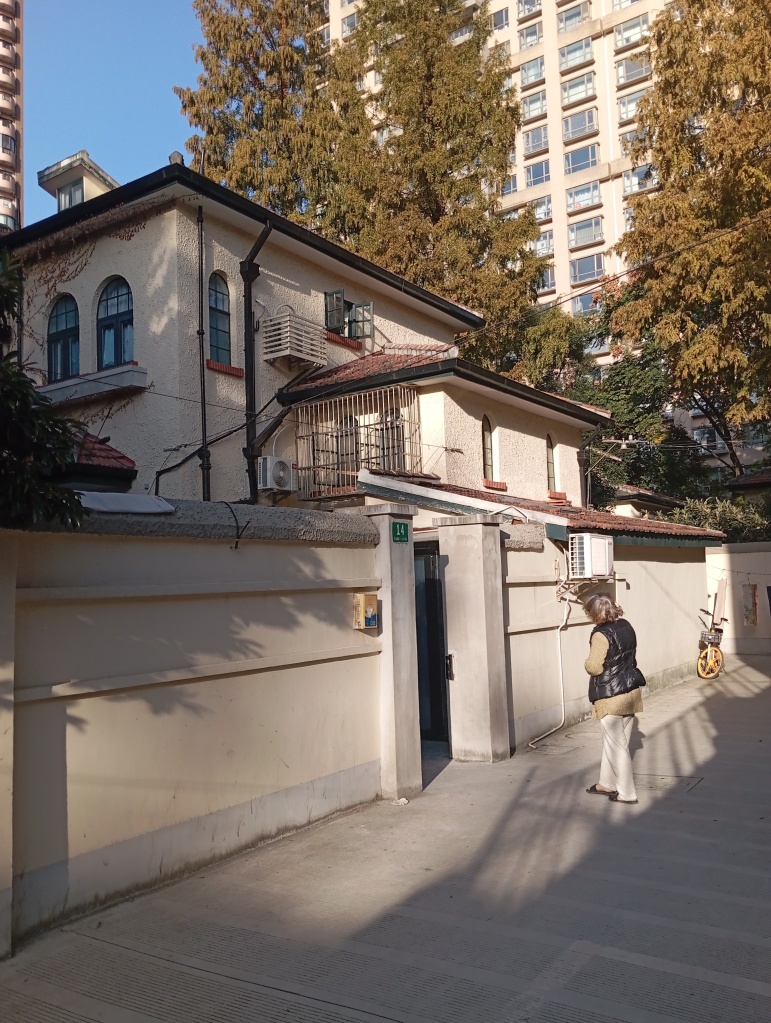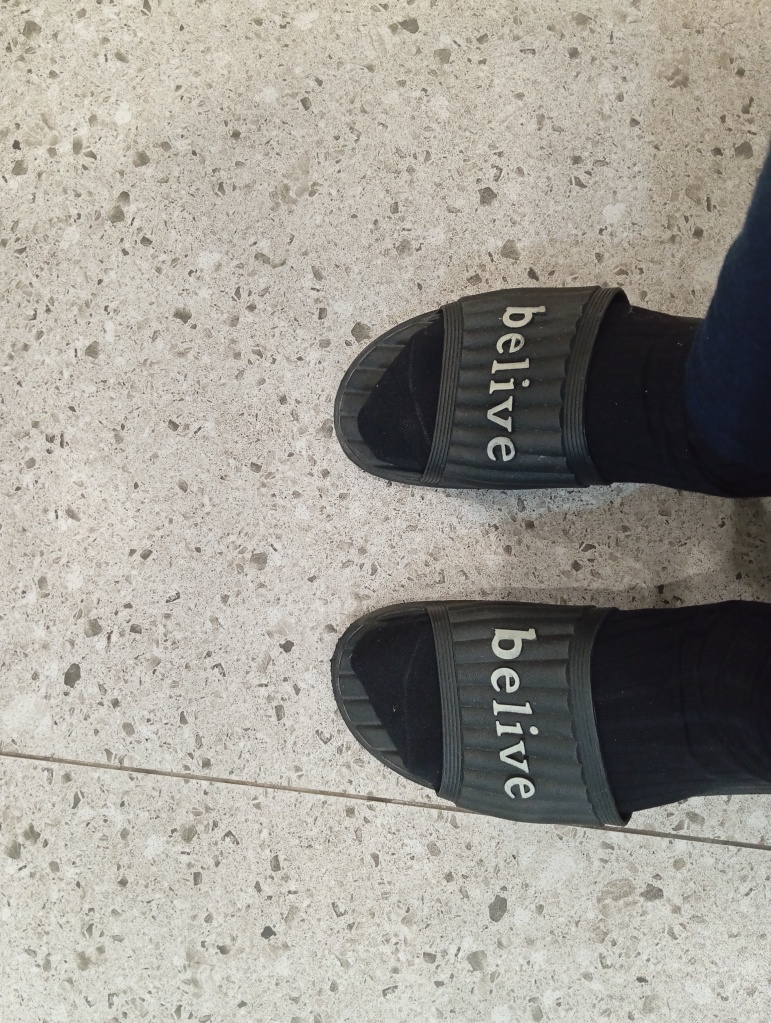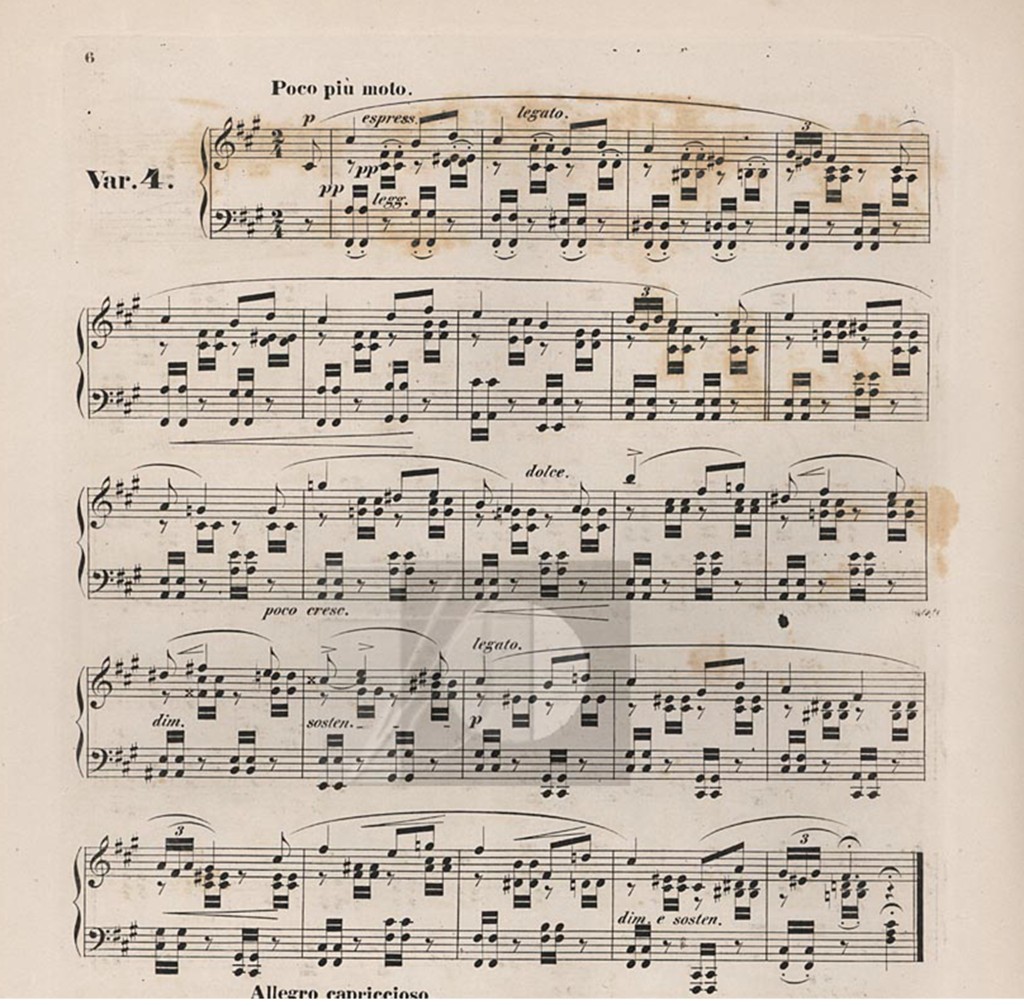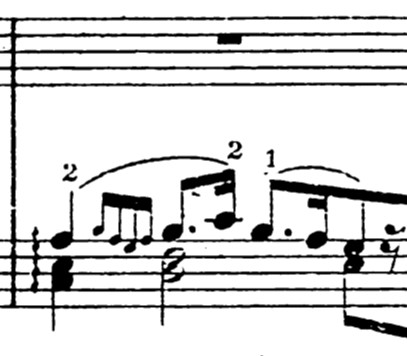I was in a tight spot, on my hands and knees in my friend X’s bedroom, when I saw the bookmark.
“I [heart] books,” it read.
I laughed.
I was there because X, who is some years older than I, had lost their glasses. They must have slipped somewhere behind or beneath X’s bed. I had offered to go round and retrieve them.
At the point when I spotted the bookmark, I was vacuuming around and under the bed prior to peering beneath and behind it with the assistance of a handy bicycle headlight which I use as a compact torch.
I spotted the glasses but after I had vacuumed under the bed the pile of the carpet obscured my view. The glasses were lying flat at an angle which resisted my attempts to coax them out with the aid of a “grabber” stick. The obvious solution was to move the bed away from the wall.
Which brings us back to the books. X must have thousands of them, far exceeding any available shelf space.
I had already had to move some away to get a good angle to look under and behind the bed. The bed was effectively wedged in by books and I would have to remove these to move the bed.
The problem was, where to put them? Attempts to shift them to the top of teetering columns of books just led to further bookslides. Eventually I gave up and piled them on the bed.
The glasses were retrieved, the bed moved back. But where to put the books on the bed?
I suggested to X that we might make available some cubic space by disposing of various stacks of magazines and other printed matter. Somewhat to my surprise, X embraced this proposal, and was soon on a roll. I filled up a whole yellow-topped wheelie recycling bin (it started off empty), almost entirely with material from the bedroom (the other stuff came from the bathroom). I could only just wheel the bin back to its proper place. Glossy paper is very heavy.
Stable spots were found for the books heaped on the bed, though without much regard to any system other than their size and shape. The volume of matter disposed of exceeded that of the relocated books so the net result was also an improvement in access, as well as the removal of a not insignificant amount of dust and fluff.
I left exhausted, but also more than a bit self-satisfied with a good deed well done. The situation reminded me of the mystery first encountered in my childhood, probably when I was aged about ten or eleven. Our family lived in and out of the house of another family a few doors away and they in and out of ours. The mystery was that I could quite enjoy helping my friend tidy up her bedroom when we were sent there together by her mother and charged with the task, even though my own room at home languished in a far worse state and I would definitely not have welcomed a similar command from my mother.
Meanwhile, while he still sallies forth for other items, D’s forays to salvage a free replacement TV have come to an end. None of the four TVs he sourced was adequate, for one reason or another. D bought a factory second which may or may not prove satisfactory. We now have five surplus large flat-screen TVs, or maybe four and a half if (as I would prefer) our original TV could be repaired (I prefer its picture to the new one, which feels more like an enormous computer monitor than a TV).
I also have more books than shelf-space, and plenty of other superfluous stuff.
Mote: beam.
